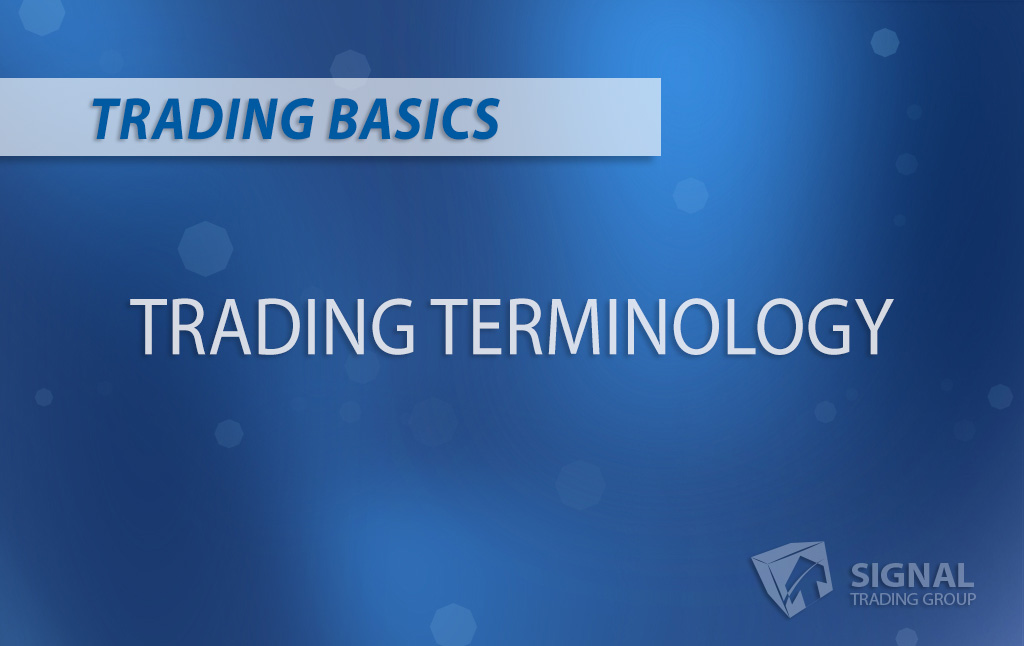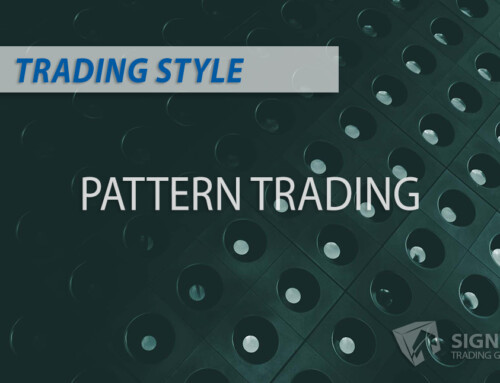Understanding Contango and Backwardation in Futures Markets
When trading the futures markets, two critical terms often come up Contango and Backwardation. Both represent unique market scenarios that can significantly impact the profitability of futures contracts. This blog delves into what Contango and Backwardation are, their implications, and how traders can navigate these market situations.
What are Contango and Backwardation?
Contango
Contango is a situation in the futures market where the futures price of a commodity is higher than its expected future spot price. This scenario typically occurs when there’s a cost to carry or store the commodity until delivery. The futures price reflects the spot price plus the storage, insurance, and financing cost.
For instance, if gold currently trades at $1,700 an ounce and the six-month futures contract is priced at $1,725, the market is said to be in Contango. The extra $25 represents the costs of holding the commodity for six months.
Backwardation
Backwardation is the opposite of Contango. It occurs when the futures price of a commodity is lower than its expected future spot price. This situation could arise due to factors like a short-term supply shortage, causing market participants to pay a premium for immediate delivery.
For example, the market is in Backwardation if crude oil is priced at $70 per barrel and the six-month futures contract trades at $68. The lower futures price suggests that market participants expect the short-term supply constraints to ease.
Implications of Contango and Backwardation
Contango and Backwardation have significant implications for futures traders and investors:
- Contango: In a contango market, long-term futures contracts are more expensive than short-term ones. This situation can lead to a “negative roll yield” for investors who continuously roll their short-term futures contracts into longer-term ones because they always buy higher-priced ones.
- Backwardation: Conversely, long-term futures contracts are cheaper in a backwardation market than short-term ones. This scenario can result in a “positive roll yield” for investors, as they sell their expiring contracts at a higher price and buy new ones at a lower price.
Navigating Contango and Backwardation
Understanding whether a futures market is in Contango or Backwardation can help traders make more informed decisions. Here are a few strategies:
- Long-Term Investing: In a Contango market, long-term investors might consider buying the physical commodity instead of the futures contract to avoid the higher futures prices. Conversely, they might prefer futures contracts in a Backwardation market due to their lower prices.
- Short-Term Trading: Short-term traders can exploit the price discrepancies between futures and spot prices in Contango and Backwardation markets. They can go long on futures contracts in a Backwardation market and short in a Contango market.
- Hedging: Businesses can use futures contracts to hedge against adverse price movements. In a Backwardation market, a producer might sell futures contracts to lock in higher current prices. A consumer might buy futures contracts in a Contango market to secure lower future prices.
Conclusion
Contango and Backwardation are integral parts of futures trading. Understanding these concepts can help traders and investors better navigate the futures market, manage risk, and potentially enhance their returns. However, it’s important to remember that futures trading involves substantial risk and should only be undertaken with a clear understanding of the market dynamics.





